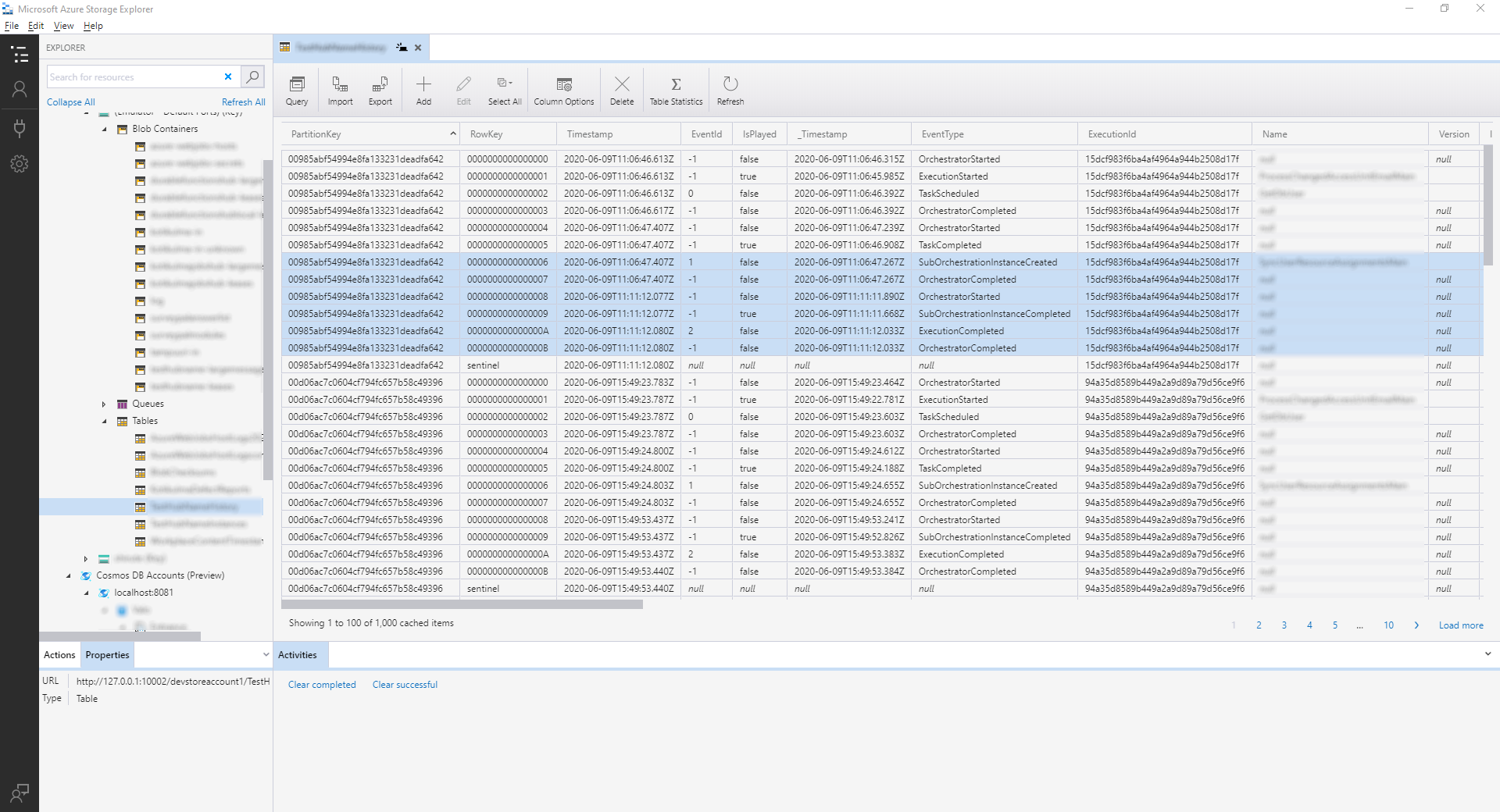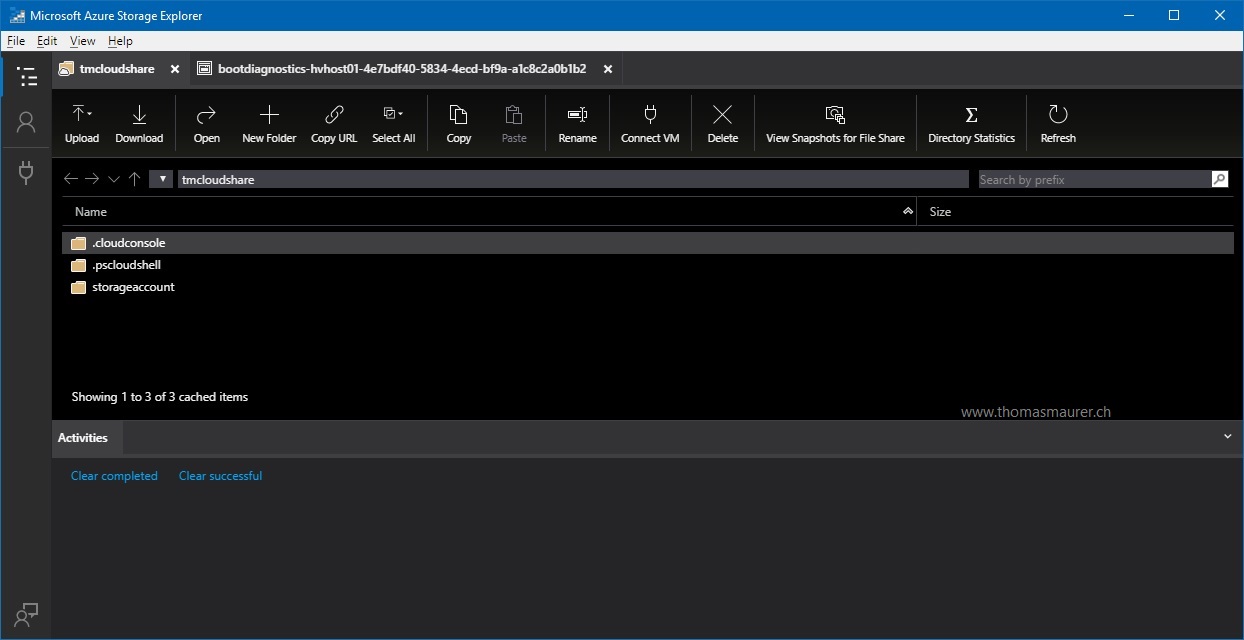
If you have configured Storage Explorer to source proxy settings from environment variables or app proxy settings though, then Storage Explorer will tell AzCopy to use the same proxy settings. If Storage Explorer is configured to do not use proxy or to use system proxy, then AzCopy will be told to use its own autodetect proxy features to determine if and how it should make requests to a proxy. AzCopy is written using a different set of technologies than Storage Explorer and therefore has a slightly different set of proxy capabilities. Storage Explorer uses AzCopy for most data transfers operations. However, if you already have proxy environment variables configured, then it might be better to use environment variables. The GUI-based experience for configuring the proxy configuration helps reduce the chance of entering your proxy information correctly. If you're using features that don't support system proxy, then app settings is probably the next best option. If you come across an issue while using system proxy with a supported feature, open an issue on GitHub. If you're using features not listed here, then you should first try using system proxy. If you have configured Storage Explorer to use system proxy, then proxy servers that use any of the following authentication methods are supported: If you have configured Storage Explorer to source proxy settings from environment variables or app proxy settings, then only proxy servers that use basic authentication are supported. When system proxy is enabled, features that don't support system proxy won't make any attempt to connect to a proxy. See features that do not support system proxy for a complete list of features which do not support it. This option is in preview because not all features currently support system proxy. To set credentials, you must go to the Proxy Settings dialog ( Edit > Configure Proxy). You can toggle use of credentials from either: If your proxy server requires credentials, and those credentials aren't configured at your OS settings, you'll need to enable usage of and set your credentials within in Storage Explorer. The Chromium network stack uses the system network settings so that users and administrators can control the network settings of all applications easily. Here's a snippet from Chromium's documentation on what all it can do: The Chromium networking stack is much more robust than the NodeJS networking stack normally used by Storage Explorer. More specifically, it will result in network calls being made using the Chromium networking stack. When this option is selected, Storage Explorer will use your OS proxy settings. The Proxy Settings dialog ( Edit > Configure Proxy).Settings (gear icon on the left vertical toolbar) > Application > Proxy > Use credentials.These settings include:Īll settings other than credentials can be managed from either:
#MICROSOFT AZURE STORAGE EXPLORER DOWNLOAD FOR WINDOWS 7 KEYGEN#

When this option is selected, Storage Explorer will use the in app proxy settings. If you have a username, you don't have to supply a password. The value of these environment variables must be a url of the the protocol ( http|https), and hostname are required. If both variables are defined, then Storage Explorer will source proxy information from HTTPS_PROXY.

When this option is selected, Storage Explorer will look for proxy information from specific environment variables. When this option is selected, Storage Explorer won't make any attempt to connect to a proxy. Once you are at the proxy section of settings, you can select how/where you want Storage Explorer to source your proxy settings:

To change which option is being used, go to Settings (gear icon on the left vertical toolbar) > Application > Proxy. Storage Explorer has several options for how/where it can source the information needed to connect to your proxy.

(blob|file|queue|table|dfs). (Azure US Government).(blob|file|queue|table|dfs). (Azure Germany).(blob|file|queue|table|dfs). (Azure China).The following list details common hostnames that Storage Explorer makes requests to: Storage Explorer makes requests to various endpoints while in use. When not connecting to a local emulator, Storage Explorer uses your network to make requests to your storage resources and other Azure and Microsoft services.


 0 kommentar(er)
0 kommentar(er)
